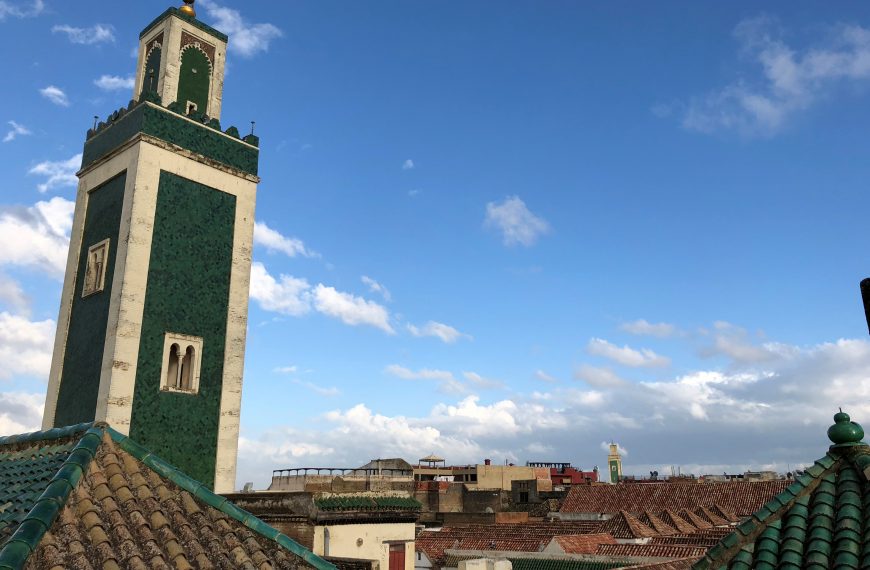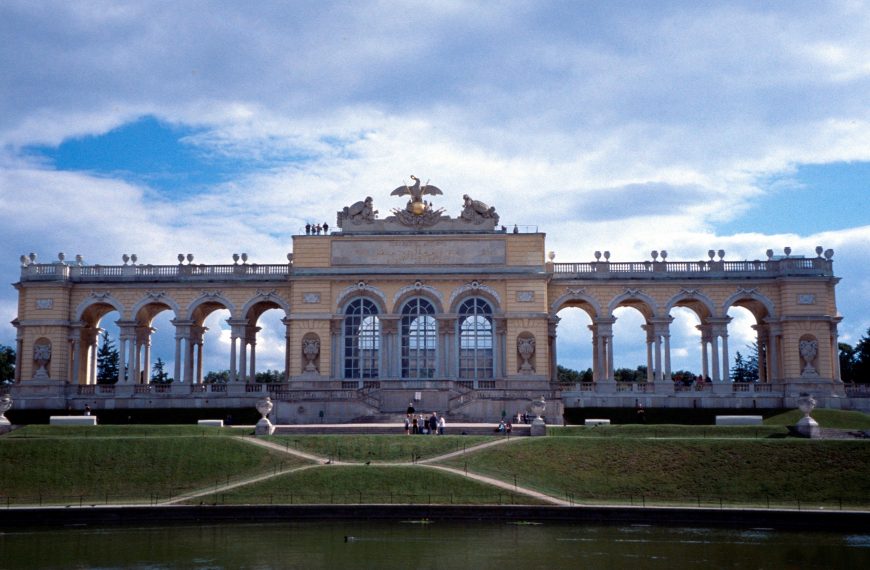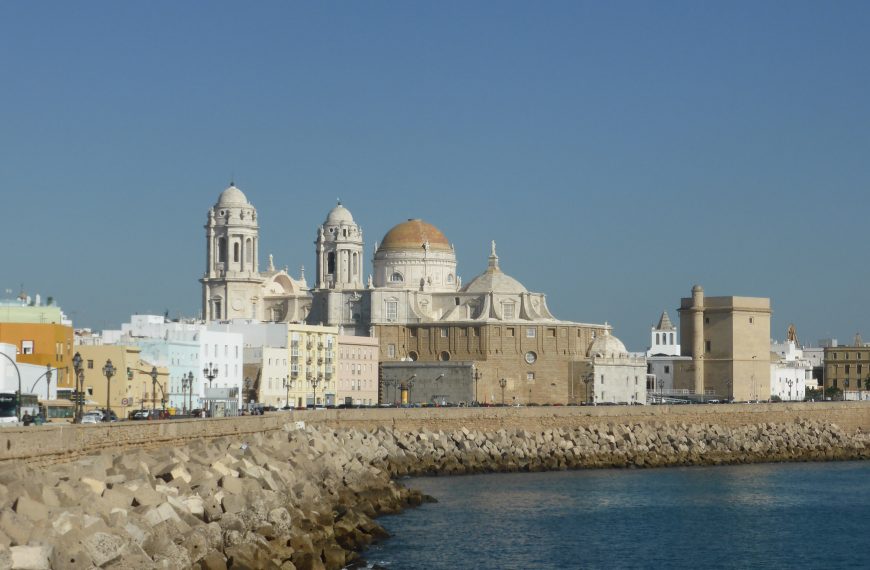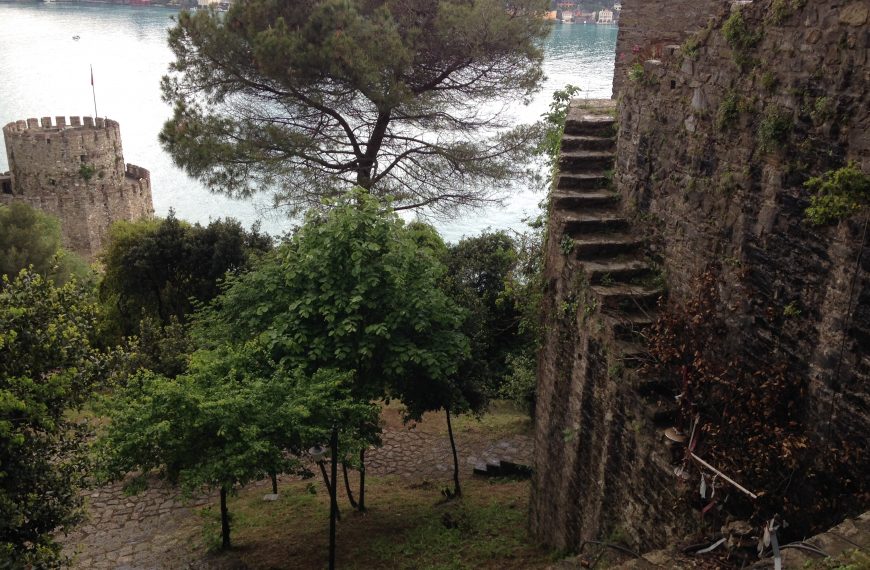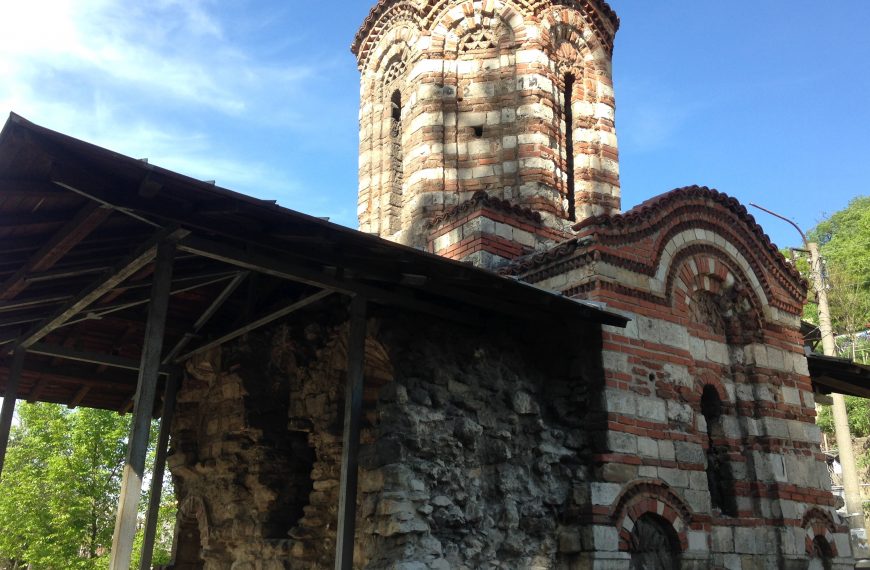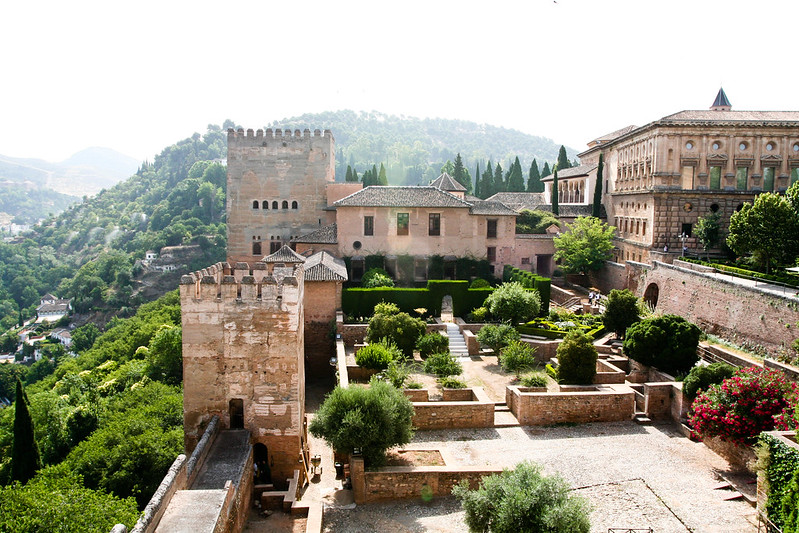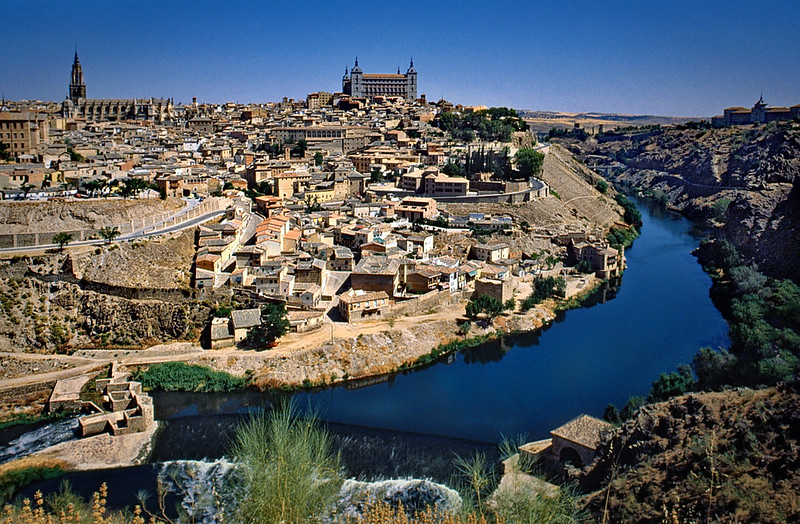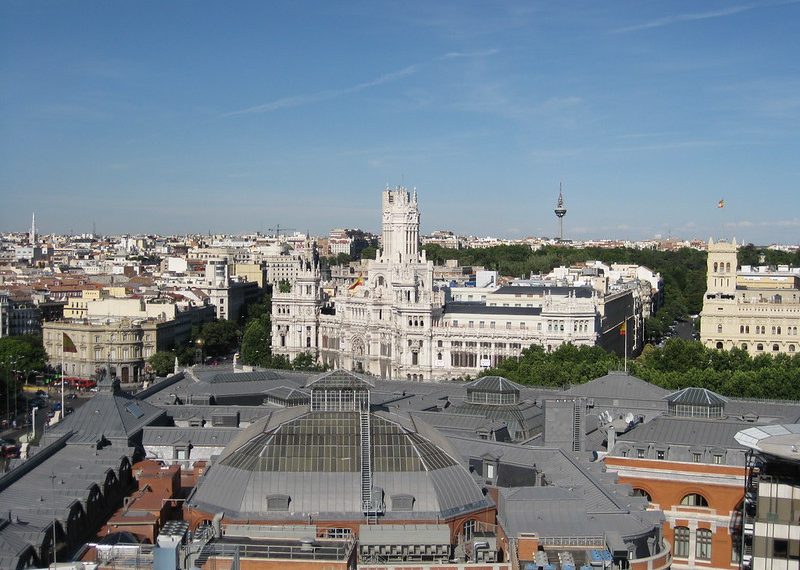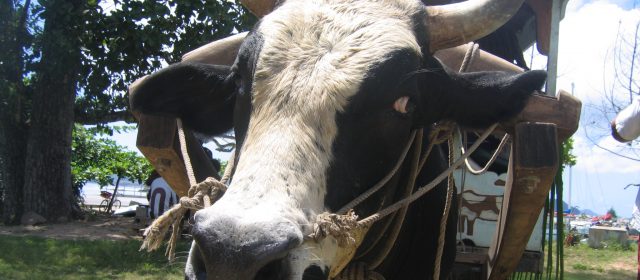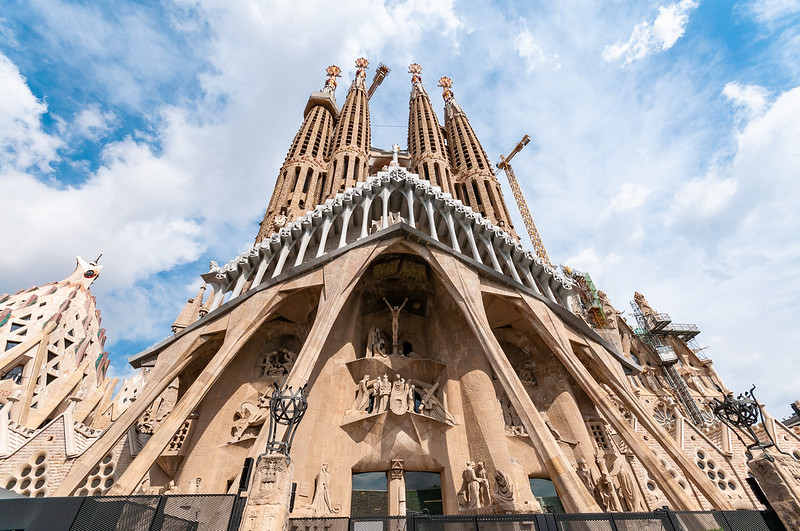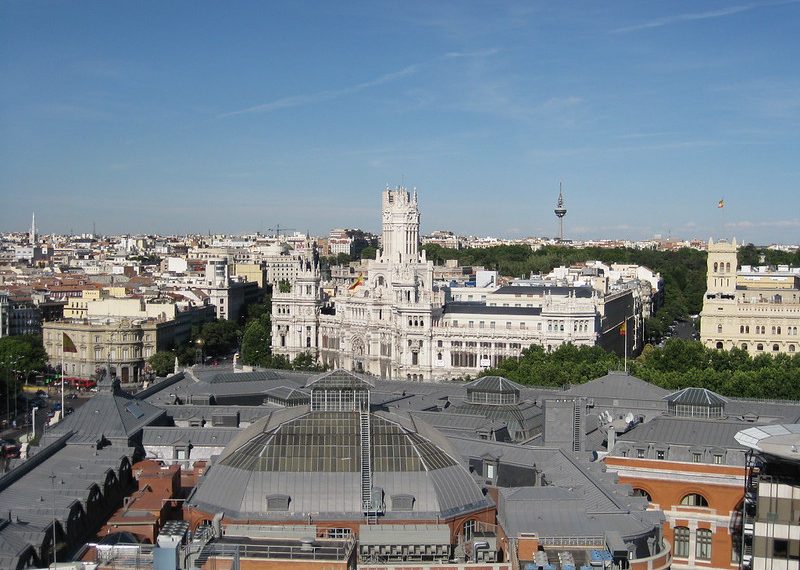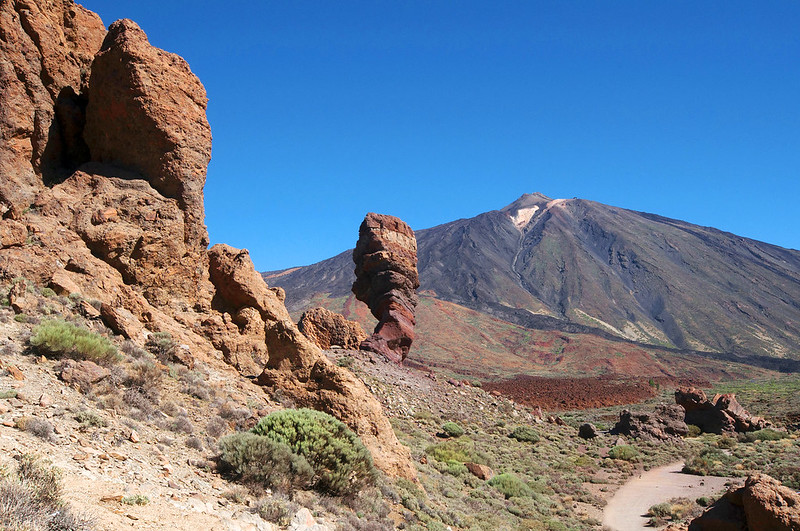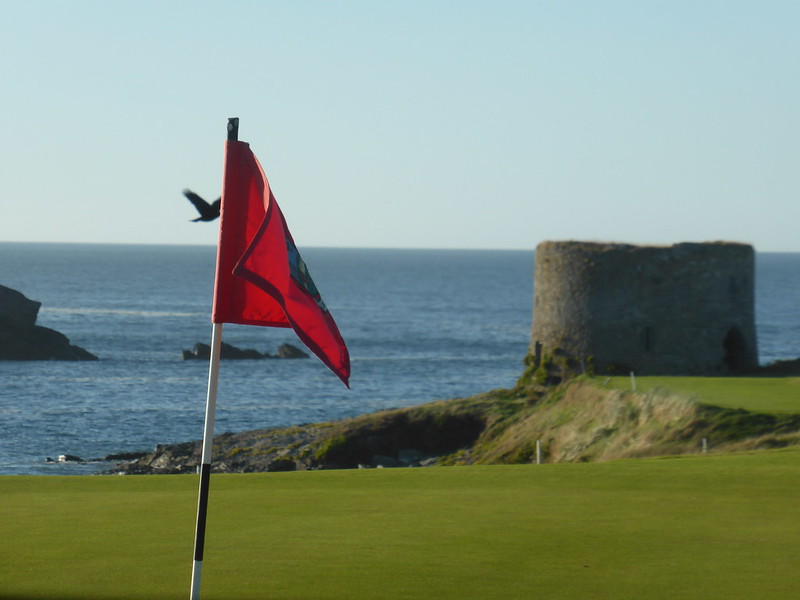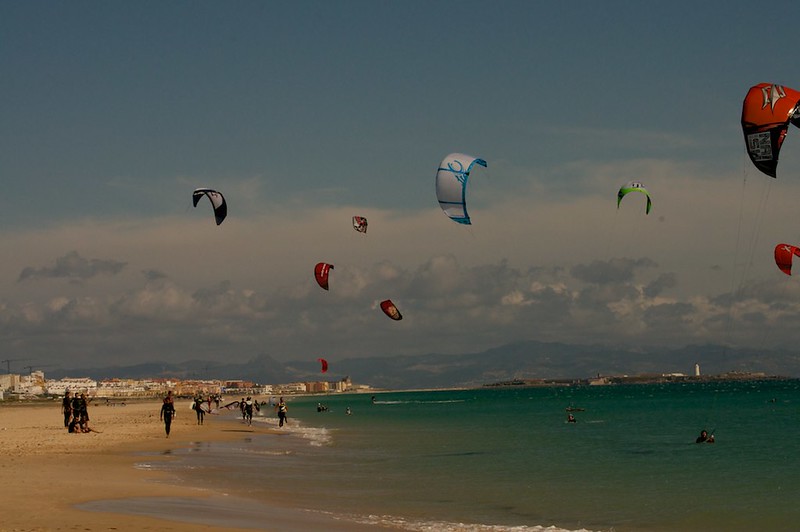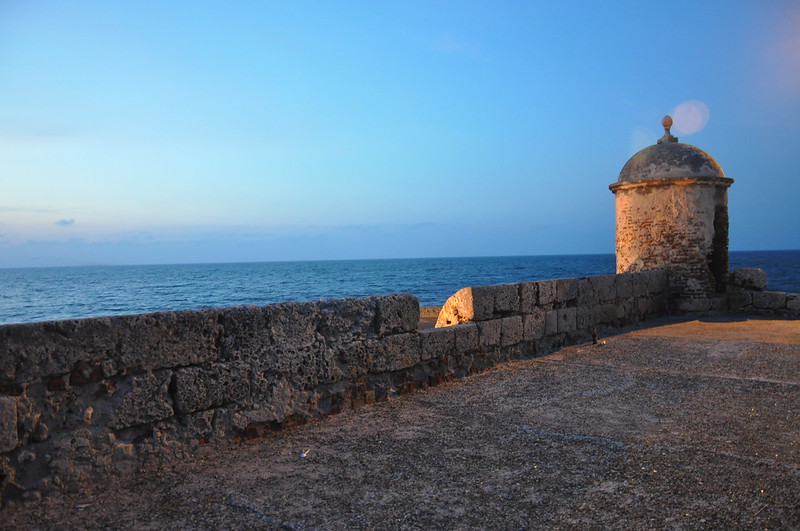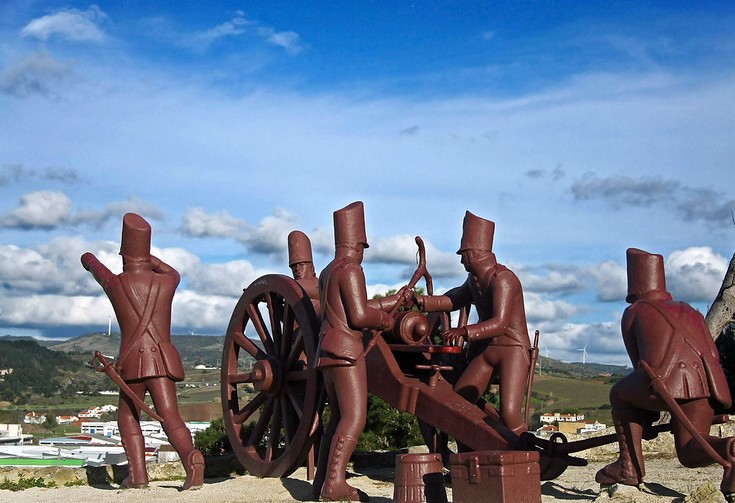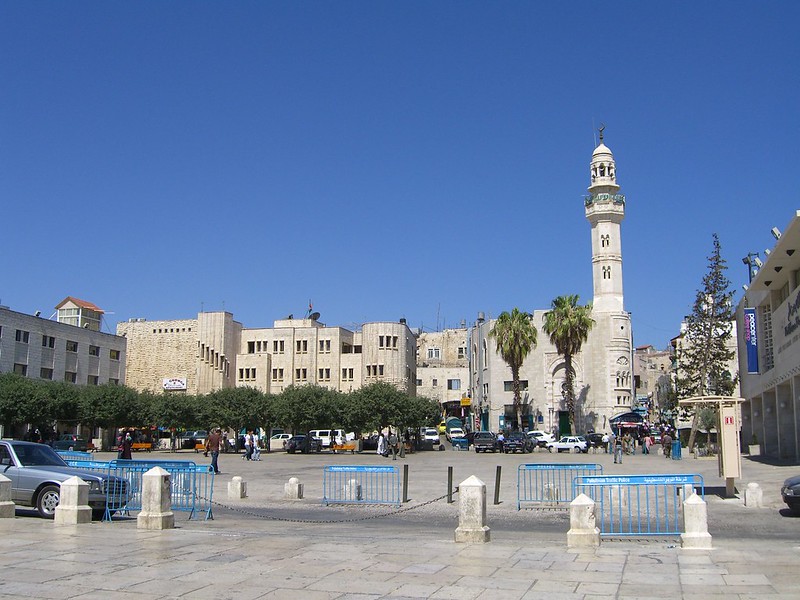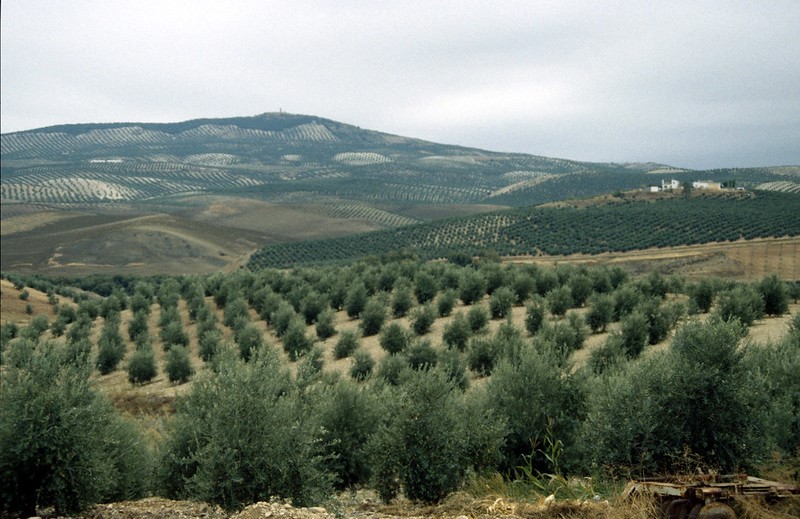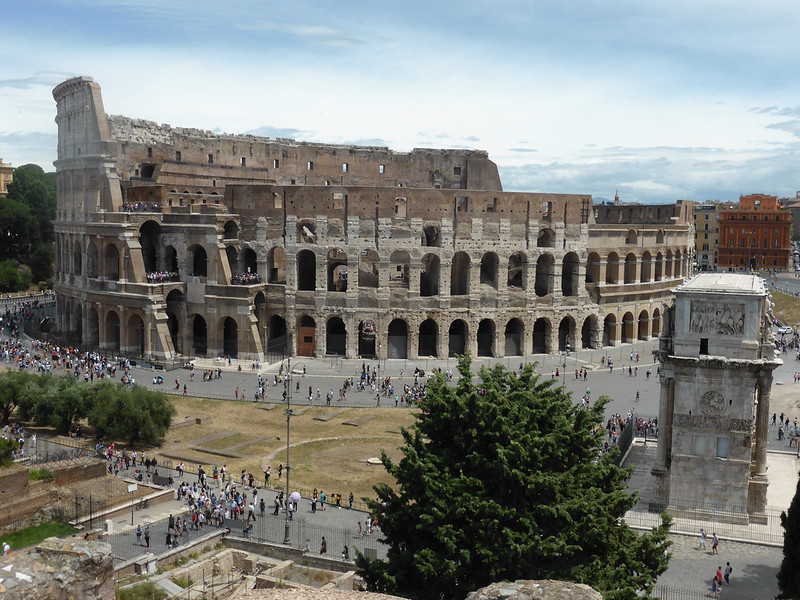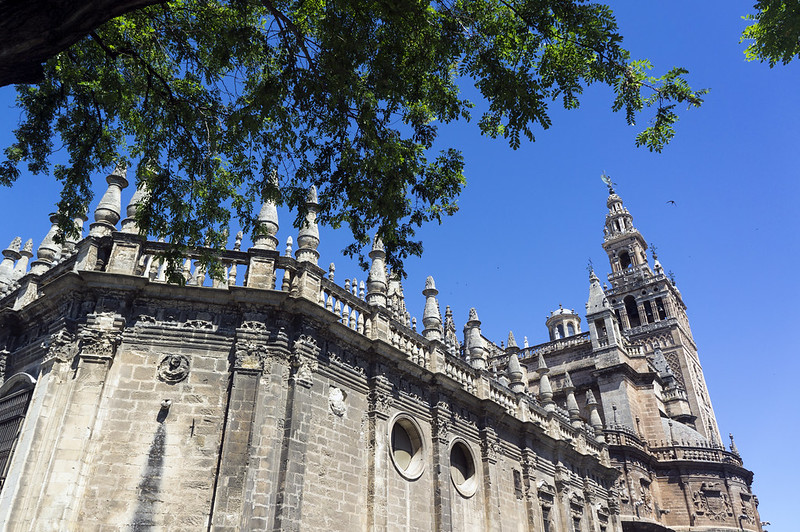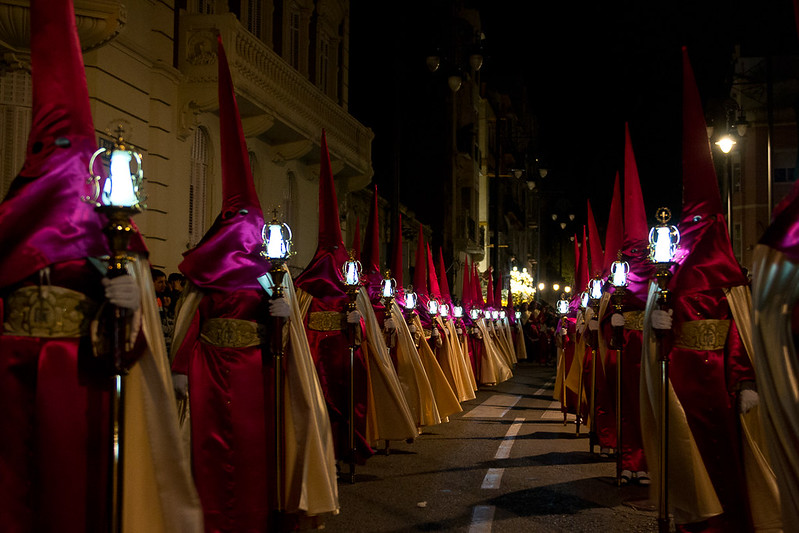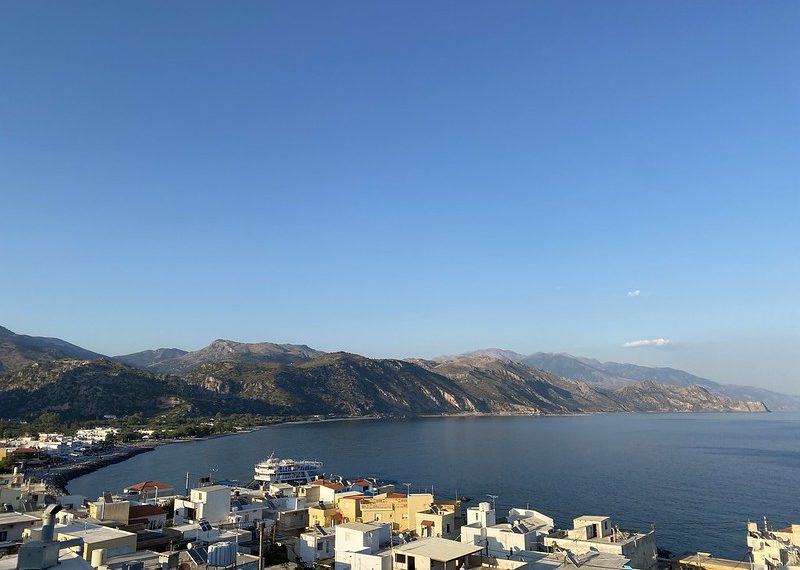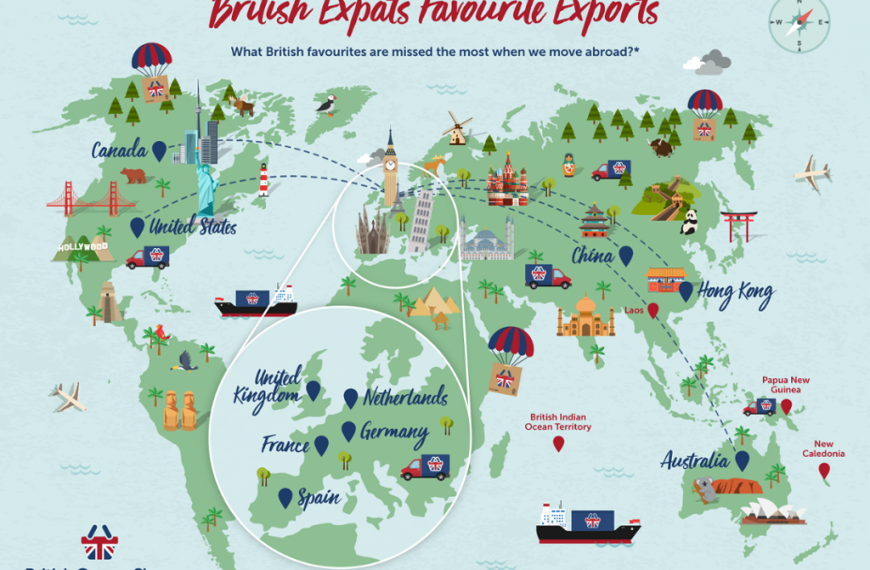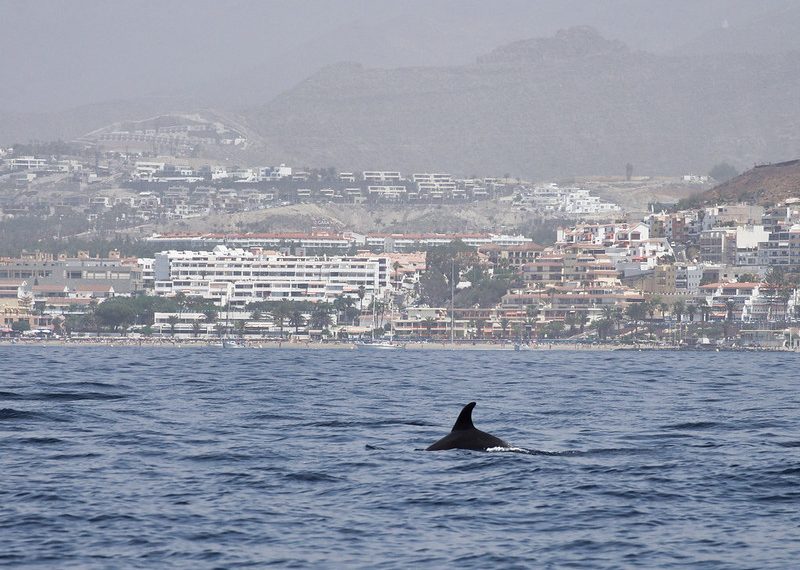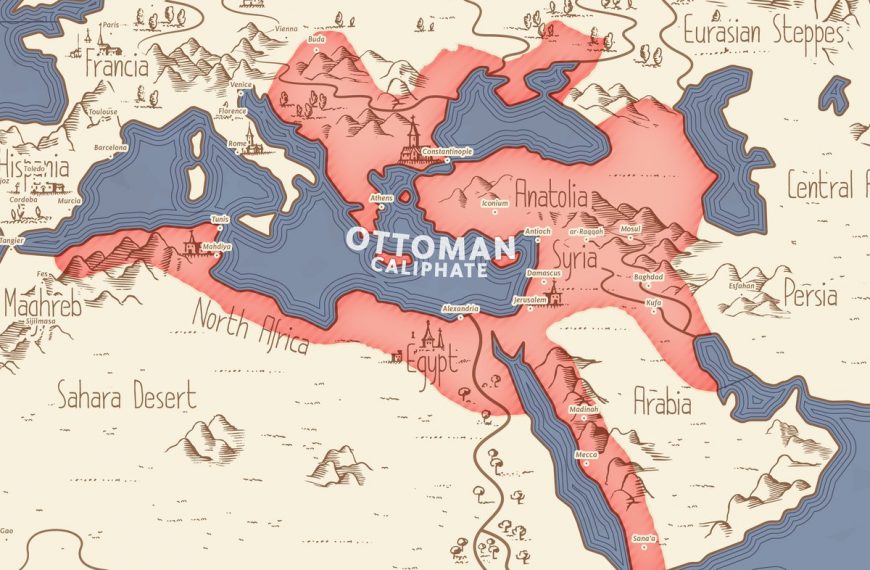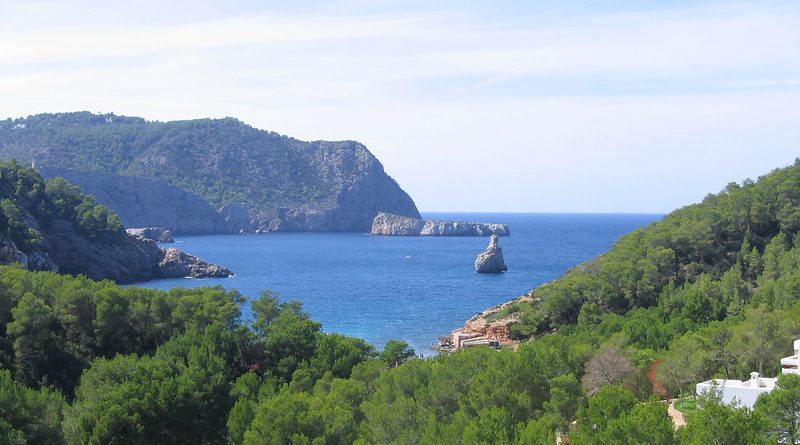
Spanish Islands
Spain’s Islands include the Balearics in the Mediterranean (Menorca, Mallorca, Ibiza, and Formentera), and the Canary Islands off the west coast of Africa (Lanzarote, Fuerteventura, Gran Canaria, Tenerife, La Palma, La Gomera, El Hierro). Both groups are frequented by millions of visitors each year for their beautiful beaches, laid back vibe and warm weather year round.
Each group, and each island for that matter, has its own personality and unique attractions. Menorca’s countryside is scattered with surprising prehistoric megaliths, Ibiza abounds with contrasts of old and new, up-tempo and calm, and Mallorca offers spectacular cliff hugging drives, illuminated stalactite dripping caves, and the attractive capital Palma de Mallorca, which exhibits overlaying architectural reminders of past Roman, Moorish, and Catalan presence. Tiny Formentera, once uninhabitable due to piracy, is now an easily accessible paradise for cyclists and nature lovers.
Situated six hundred miles south of mainland Spain, the Canary Islands offer a completely different backdrop from the Balearics. The main seven Canary islands are divided into two provinces – in the east (Provincia de Las Palmas) is Lanzarote, Fuerteventura, and Gran Canaria. In the western province (Provincia de Santa Cruz de Tenerife) are Tenerife, La Palma, La Gomera, and El Hierro. The western islands tend to be more lush and verdant, while the volcanic, black sand landscape of Lanzarote projects an unusual other-worldly beauty all its own. Tenerife’s snowcapped Mount Teide volcano is the highest peak in Spain.
Read More
Four of the Canary Islands (La Palma, La Gomera, Tenerife, and Lanzarote) have their own National Park. The parks and nature reserves of the Canary Islands thrive with abundant flora and fauna, including many endemic species and some found nowhere else on earth. In Lanzarote contemporary art harmonizes beautifully with nature, thanks to the works of local artist César Manrique; and cultural and culinary traditions are proudly preserved. The history and experiences to-be-had in each of the Spanish Islands are extensive. Those who diligently venture from the sun (and tourist) saturated beaches – black sand or golden, remote or packed to the brim with European holiday makers, will see what those content solely with beach lounging and nightclubbing are missing. The people of the Balearic Islands are mostly of Spanish ethnicity. The islands have close cultural ties to Catalunya. The language spoken in the Balearics is a dialect of Catalan. Ibiza (Eivissa) and Mallorca have become synonymous with reveling tourists, nightclubs, and beach resorts. But these are largely confined to certain areas, and it’s not hard to travel a bit outside the main tourist centers to get a taste of traditional life on the islands. In the north of Ibiza, white villas adorn the countryside. In Menorca, where the British ruled for the better part of the 18th century, British influence is evident in the unusual (within Spain) popularity and production of gin on the island. Carthaginian, Roman, Byzantine, Moorish, Catalan, British, and French influences have all left their mark on Balearic island culture, food, history, and architecture. Hundreds of miles south of mainland Spain, in the Atlantic Ocean, lay the volcanic Canary Islands. The people are mostly Spanish (Canarian). There are also many people from Latin America and northern Africa who have settled on the islands, as well as many Europeans and foreigners from all over the world. The islands are a popular destination for Europeans, and Teide National Park (Tenerife) is one of the most visited national parks in all of Europe, despite its distance from mainland Spain. The indigenous people of the Canary Islands are referred to as the Guanche, a term which specifically refers to the indigenous people of Tenerife, though it has been applied to indigenous people of the entire Canarian archipelago. The Guanche no longer exists as an ethnic group, though some remnants of the language survive (a few words are included in the local Canarian dialect), as well as mummies, cave carvings, and pottery from the Guanche culture. The archaeological museums of Santa Cruz de Tenerife, and Puerto de la Cruz (Tenerife), and the Museo Canario in Las Palmas (Gran Canaria) include fascinating exhibits for exploring the indigenous, pre-Hispanic culture of Tenerife and the Canarian archipelago. Some reminders of the indigenous Guanche population can be found in modern Canarian culture, including a few words of Guanche linguistic origin, artistic traditions such as pottery, and the consumption of gofio (toasted grain such as wheat or barley, ground into flour), which was a staple in the Guanche diet and is still eaten by Canarians today. The food of the Balearics reflects Mediterranean healthful simplicity, with fish and seafood, olives, almonds, wine, and various fruits and vegetables at the forefront. Fruits and vegetables that grow on the islands include figs, citrus, eggplant, peppers, and potatoes. Local cheeses come in many varieties, and specialty cured meats are also widely available. Mahón (Maó), in Menorca, is well known for its cheese made of cow’s milk (Mahón cheese). Mahón is also reputed to be the birthplace of French mayonnaise. Menorca is famous for lobster stew (caldereta de langosta). The town of Fornell on the north coast of Menorca is especially famous for its caldereta de langosta. Another fish specialty, consisting of layers of white fish and unctuous vegetables, is called tumbet de peix. The creamy garlic dip all i oli (garlic and oil) is excellent served with grilled fish, meat, or grilled vegetables. Pa amb oli, rustic country bread rubbed with garlic and drizzled with olive oil, is common in the country cuisine of Mallorca. Flaky pastries include light-as-air ensaimadas, and cheese filled formatjades. Flaó is a rich, creamy cheese tart from Ibiza flavored with mint. Gato d’Ametlla, a delicious almond cake, is a specialty of Mallorca. Wine is a staple in the Balearics, and gin is produced in Menorca (a legacy of the British). Especially noteworthy for wine is Binissalem in Mallorca (one of two D.O. regions in Mallorca), where local varieties Manto Negro (red) and Moll (white) are cultivated along with international varietals. Wine production in the Balearics suffered heavily from the phylloxera epidemic in the late 1800’s, though the tradition of viticulture, which dates back to Roman times, is being steadily revived and improved upon. Canarian cuisine contains influences from Latin America, Africa, and mainland Spain, as well as some dishes unique to the islands. One of the most delicious local dishes is papas arrugadas (wrinkled potatoes) – small, flavorful local potatoes which are boiled in salt water, then baked further until wrinkly. They are usually served with the flavorful sauce mojo rojo, which is made with olive oil, garlic, vinegar, red pepper, and paprika. Mojo rojo and mojo verde (with cilantro, parsley, and cumin) are often served as accompaniments to grilled meat, seafood, or vegetables. The base for both sauces is olive oil, garlic, and vinegar. The remaining ingredients vary, giving each sauce its distinct color and flavor. Though not widely known for its wine, viticulture is a deep rooted tradition in the Canary Islands, with some excellent and very interesting wines being produced there. There are at least 10 designated wine appellations (D.O.s) in the Canaries, and vines are planted on all of the seven main islands. Lanzarote has a particularly unique terroir and interesting growing conditions. Balearic Islands: approx. 1,100,000 Canary Islands: approx. 2,117,000 Euro Balearic Islands: Spanish and Catalan Canary Islands: Spanish and Canary Islands Spanish (dialect) Balearic Islands: The Balearic Islands enjoy a pleasant Mediterranean climate with warm weather most of the year, and mild winters, with some rain in the winter. July and August are the most popular months to visit, with the hottest weather. Nightclubbing in Ibiza is hot throughout the summer, beginning in June. A nice time to visit the islands is in the summer, or during the off seasons in May/June or September/October. Canary Islands: The main tourist season in the Canary Islands is December through March. Summer (June through September) is also a popular time to visit. Carnival is big in the Canaries, and many people visit to join in the local festivities (February/March). Carnival in Santa Cruz de Tenerife is one of the best in Spain. As far as weather goes, there is not really a bad time to visit the Canaries. In some places, such as La Gomera, visitors can swim comfortably even in January. Temperatures are cooler in high elevations, such as on snow-capped Mount Teide in Tenerife, though average year round temperatures in the Canaries are pleasantly warm with little seasonal variation. For anyone interested in hitting the beach, bring a bathing suit or swimwear, sandals, comfortable warm weather clothes, and plenty of sun protection. Hiking and outdoor sports are attractions in all of the islands in both the Balearics and the Canaries, so it is advisable to bring comfortable walking or hiking gear, depending on your planned activities. Many of the cities and attractions on the islands are pleasant to explore on foot so bring comfortable shoes. The wind in Menorca (Balearic Islands) can be strong, especially in winter; protection from the wind or light layers for warmth is recommended if traveling in the winter. Ibiza (Eivissa), in the Balearics, is world famous for its nightlife. If partying in some of the world’s biggest and wildest clubs is your scene, be sure to bring clothes for the occasion, and be ready to stay out all night. If you prefer to explore the more rustic northern region of Ibiza, the beautiful Old Town (Dalt Vila), or are more attracted to the island for its holistic lifestyle and yoga retreats, casual clothing is perfectly acceptable. To get to the Balearic Islands by air most people arrive in Palma (Mallorca), the capital of the Balearics. It is possible to arrive by boat from Barcelona or Valencia (arriving in Palma). Inter-island ferries are the best way to travel between the four main islands of Mallorca, Menorca, Ibiza (Eivissa), and Formentera. Car rental is a good way to travel around the islands if traveling outside of the main tourist centers. Mallorca and Menorca offer some stunning scenic drives. Mallorca is the only island with a rail service, and Formentera (only 31 square miles) is a great place to explore by bike. The Canary Islands can be reached by plane from many major European cities, and from most airports in Spain. Car rental is an option on the main Canarian islands, and is usually less expensive than elsewhere in Europe. Each island has its own bus service. The most efficient public transport systems are in Gran Canaria and Tenerife, though even on the bigger islands bus schedules can be unpredictable and sometimes infrequent. Ferries run frequently between the seven main islands, which are also connected by air (each island has its own airport). No vaccinations are required for entry into either the Balearic Islands or Canary Islands. The usual precautions should be taken, such as keeping belongings and valuables close to you (not in your back pocket or within reach for potential pickpockets), and locked in a safe when unattended, if available. The islands are safe to visit, though crime does sometimes occur, particularly in main tourist areas. It is also advisable to avoid leaving valuables in locked rental cars if possible. Sun protection is advised in both places, especially if traveling during the hottest months. Both the Canary and Balearics have good health care and medical services. Travelers from EU member countries need only to provide a national identity card or passport for entry into Spain (visa not required). Travelers from the US, Australia, Canada, Switzerland, Japan, Israel and New Zealand do not need a visa for a tourist visit of up to 90 days (a valid passport is required). Spain is a member of the Schengen Convention. If a visa is required, it is best to acquire it before arriving in Spain, from your home country. 1. Dalt Vila, Ibiza Town (Ibiza) 2. Le Seu Gothic Cathedral and nearby Almudaina (Palma de Mallorca) 3. Castle of Capdepera (Mallorca) 4. Torre d’en Galmés (Menorca) 5. Various works by artist César Manrique: Jameos del Agua; Mirador del Rio; Fundacion Cesar Manrique (Lanzarote) 1. Explore the spectacular Serra de Tramuntana (Mallorca) 2. Visit Timanfaya National Park (Lanzarote) 3. Take a boat ride on the Lago Martel and explore Coves del Drac (Mallorca) 4. Go horseback riding in the Menorcan countryside – past pre-historic megaliths (Menorca) 5. Hike Mount Teide, Spain’s highest peak (Tenerife)People
Food
Population
Currency
Language
When to Go
Dress
Travel
Health and Safety
Visas
Top 5 Sites
Top 5 Things to Do


